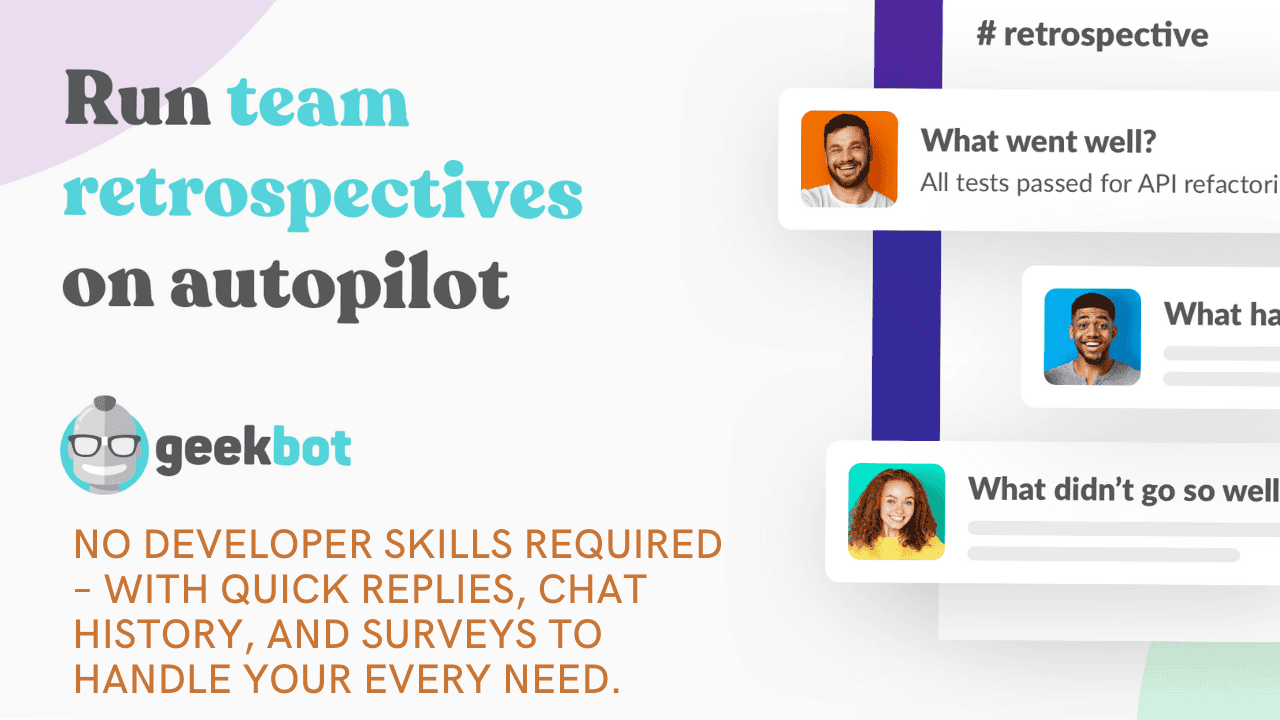In the age of digital proliferation, where images circulate at an unprecedented rate, managing and protecting our digital identities has become a paramount concern. Enter PimEyes, a powerful tool that uses advanced face recognition technology to track and manage your digital presence. This blog will delve into how PimEyes operates, its applications, and why it might just be the tool you need in your digital toolkit.
What is Reverse Image Search?
At its core, reverse image search is a technology that allows you to use an image to search a database—most commonly, the internet. This is opposed to the traditional method of using text queries. For instance, if you have a picture of an actor but don’t know their name, you can simply upload this image to a search engine, and it will tell you who it is, other movies they’ve been in, and even recent news about them.
Enhancing Reverse Image Search with Face Recognition
PimEyes takes the concept of reverse image search a step further by incorporating face recognition technology. This means not only can you find identical images across the web, but you can also locate different photos of the same person. This is achieved by analyzing the facial features in the image you upload and comparing them to countless others across the internet.
Key Uses of Face Recognition Search Engines
Face recognition technology can be utilized for various purposes:
- Detecting Catfishing: This technology helps in identifying if someone is using your photos to create fake online profiles.
- Identifying Fake Profiles: Particularly useful in online dating, it can help verify if a person is who they claim to be.
- Combating Revenge Porn: It allows victims to discover unauthorized use of personal images.
- Finding Memes: If your image has been used in memes, PimEyes can help track where they are being posted.
How Does PimEyes Work?
Using PimEyes is straightforward:
- Upload a Photo: Simply upload a photo that includes a face.
- Search: PimEyes analyzes the face and searches its vast database for matches.
- Review Results: You get links to websites where the photos that match the facial features are published.
Privacy and Data Security
PimEyes prioritizes user privacy:
- Temporary Storage: Images are stored for only 48 hours to perform the search, after which they are deleted.
- No Personal Data Storage: PimEyes does not store personal data from the photos.
- Legal Data Collection: The data is collected from publicly accessible websites that allow bot crawling, adhering strictly to legal standards.
Practical Applications of PimEyes
Here are a few scenarios where PimEyes can be particularly useful:
- Professional Reputation Management: For individuals in the public eye, PimEyes can help monitor how images are being used online.
- Personal Security: It offers a way to check if your images are being used without your consent.
- Historical Research: For researchers, finding multiple images of historical figures can be invaluable.
Final Thoughts
PimEyes represents a significant advancement in digital identity management. By combining reverse image search with facial recognition, it offers a robust tool for managing and protecting your online presence. Whether you are a public figure looking to manage your image, a victim of image misuse, or just curious about your digital footprint, PimEyes provides a powerful resource.
Interested in seeing how it works for yourself? Try out PimEyes today.
Remember, while technology like PimEyes can provide significant benefits, it’s also important to use it responsibly and ethically, respecting privacy and data protection laws. As we continue to navigate the complexities of the digital age, tools like PimEyes are becoming indispensable in helping us manage our digital identities effectively.






